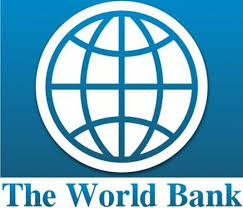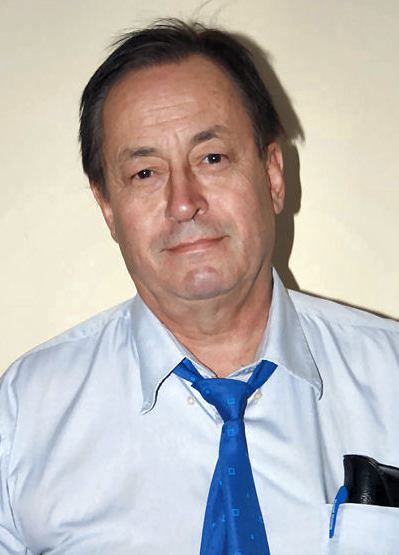Monetary System Analysis
The Present Money System
Functioning, Dysfunctions and Future Perspectives
The mechanism of deposit creation by banks, based on a fractional reserve of sovereign currency, was already well known to the participants in the debate between the Currency and the Banking Schools almost 200 years ago. The theory of bank credit money was then developed from the 1890s. And yet many academics and banking practitioners still want nothing to do with it.
Here is a paper that provides an up-to-date outline of the workings of the money and banking system - how money is created, how it circulates in the payment system, how it is temporarily de- and re-activated, and how it is finally deleted.
This then helps clarify why a number of orthodox money and banking theories are obsolete today or were misleading from the beginning - which however also applies to a number of heterodox ideas about money.
The picture is rounded off by a summary of the dysfunctions of split-circuit reserve banking and a brief outlook on the perspective of a single-circuit sovereign money system.
This article has also been published in the real-world economics review RWER, issue no. 80, 26 June 2017, 63-84, under the heading > Split-circuit reserve banking. Download from RWER
The Bank of England has come clear about bank deposit creation
(i.e. bankmoney as the dominant type of money)
For the first time in decades, a central bank, the Bank of England, has openly explained that
- banks create deposits pro-actively irrespective of their reserve position
- banks do not need customer savings for granting credit and in fact cannot make use of them
- central banks do not control the quantity of money.
Above is a BoE video on these questions. A paper in the BoE Quarterly Bulletin, 2014 Q1, deals with the same subject > Money Creation in the Modern Economy.
David Graeber comments on the paper in The Guardian, 18 March 2014 > The truth is out.
The BoE paper is a welcome step forward, even though some crucial components of deposit creation and monetary policy are still missing:
- the (fractional) interplay between central-bank reserves and bankmoney is not explained
- deposit creation by bank purchases is not mentioned
- any demand for money is taken on unchallenged, no matter how large it is and whether it is destined for real-economic or purely financial purposes
- central-bank interest rate policy, i.e. setting base rates and influencing interbank rates, is portrayed as an effective instrument for controlling inflation (which is highly questionable)
- asset inflation is not recognised as a target of monetary policy.
For a résumé by Positive Money > click here.
The Bundesbank, too, has updated its theory on money creation and banking
After the Bank of England also the German Bundesbank has taken the overdue and welcome step of explaining how banks today are pro-actively creating bankmoney (credits on giro account) and how these are fractionally re-financed by the central bank.
All the same, the Bundesbank, too, skips a number of sensitive aspects such as, for example, the extreme fractionality to which banks are able to re-finance. Consequently, the weakness of interest rate policy on a small base of reserves within the present bankmoney regime is blinded out. The publication sticks to the fiction of effective monetary policy by setting base rates. Believing in some elusive transmission mechanism, however, is no longer really convincing against the background of the explanations on the functioning of the present money system given in the same publication.
Here is the Bundesbank publication as a PDF > The role of banks, non-banks and the central bank in the money creation process, in Bundesbank Monthly Report, Vol. 69, No. 4, April 2017, 13-30.
also the World Bank is in line with advanced monetary system analysis >
Biagio Bossone / Massimo Costa: The ‘accountancy view’ of money, The World Bank online, 21 May 2018.
• In an > open letter M. Schemmann criticises both the BoE and Bundesbank publications on money creation for not recognizing how fractional reserve banking is based on a misleading accounting practice, that is, accounting for loans to customers as a bank credit claim and bank liability 'out of nothing' rather than deducting the loan principal on the asset side from a bank's liquid cash or reserves.
Martin Wolf, chief economics commentator of the Financial Times, explains in an interview with Rens van Tilburg, Sustainable Finance Lab, Utrecht University, what's wrong with the financial system.
Most people still do not know that it is the banks that create almost all of our money, not the government or central bank. The majority of people in each of 20 countries clearly prefers the latter, 87% do not want the banks to be money creators, as revealed by a representative > International survey by Motivaction and Sustainable Finance Lab, Utrecht University.
Marshall McLuhan once remarked that the banks’ money creation is a secret that does not need to be protected because it is kept secret by incredulity.
"Every loan, overdraft, or bank purchase creates a deposit, and every repayment of a loan, overdraft or bank sale destroys a deposit."
Right Honourable Reginald McKenna, Former British Chancellor of the Exchequer and Chairman of the Midland Bank, 1924.
Below: Waterworks of Money. The two animated drawing videos by prof Martijn van der Linden, The Hague University of Appl. Sc., together with Carlijn Kingma and Thomas Bollen visualise the complex dynamics of money flows in today's economy.
The video below On the Functioning of Fractional Reserve Banking was registered at the 12th American Monetary Institute's Annual Reform Conference, Chicago, Oct 2016
Below: Anshu Jain, ex Co-CEO of Deutsche Bank, apparently thought of his monetary institute as a non-bank savings and loan association; or as a mere investment trust. He believes in the loanable funds model of banking, as if we had a sovereign money system rather than the present bankmoney regime.
.
What was responsible for the crisis?
“The financial crisis of 2007/08 occurred because we failed to constrain the private financial system’s creation of private credit and money… Banks as we know them today – fractional reserve banks – ... can create credit and private money, and unless controlled, will tend to create sub-optimally large or sub-optimally unstable quantities of both credit and private money.”
Lord Adair Turner, then Chairman of the UK Financial Services Authority, in a speech to the South African Central Bank.






